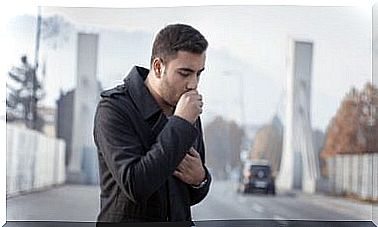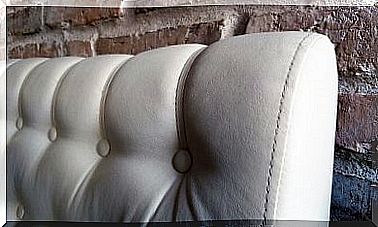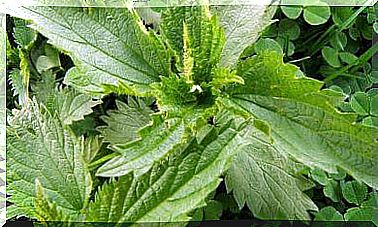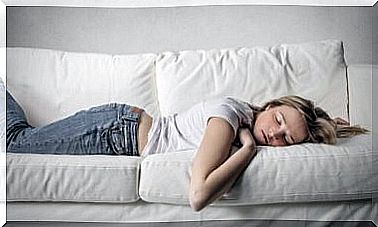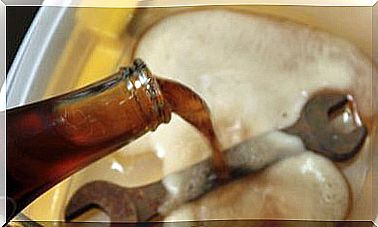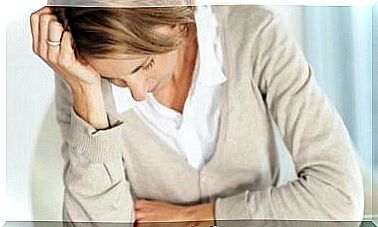When And How To Disinfect The Pillows?
The mattress, bedding and pillows are essential to have a good quality of sleep. They provide support, shelter, and help ensure a good night’s sleep. However, cleaning at home is often neglected. In this article we will tell you when and how to disinfect the pillows to keep them in optimal condition.
Few objects are used as frequently as pillows. They are elements that are in direct contact with the face, one of the most delicate parts of the body. In most homes the covers are washed frequently, but not much attention is paid to the pillows themselves. However, this is a mistake that can affect long-term health.
Why is it important to disinfect pillows?
Over time, pillows accumulate dirt, bacteria, dead skin, sweat, and aeroallergens – such as mites and fungi – which can cause health problems such as respiratory allergies and skin conditions. For this reason, it is important to disinfect them frequently and not limit their cleaning to washing the covers.
Research by the American College of Allergy, Asthma, and Immunology found that the main sources of mites are mattresses, pillows, sofas, and carpets. In addition, these can be transmitted from one place to another. Consequently, cleaning the pillows should be accompanied by disinfection of the mattress.
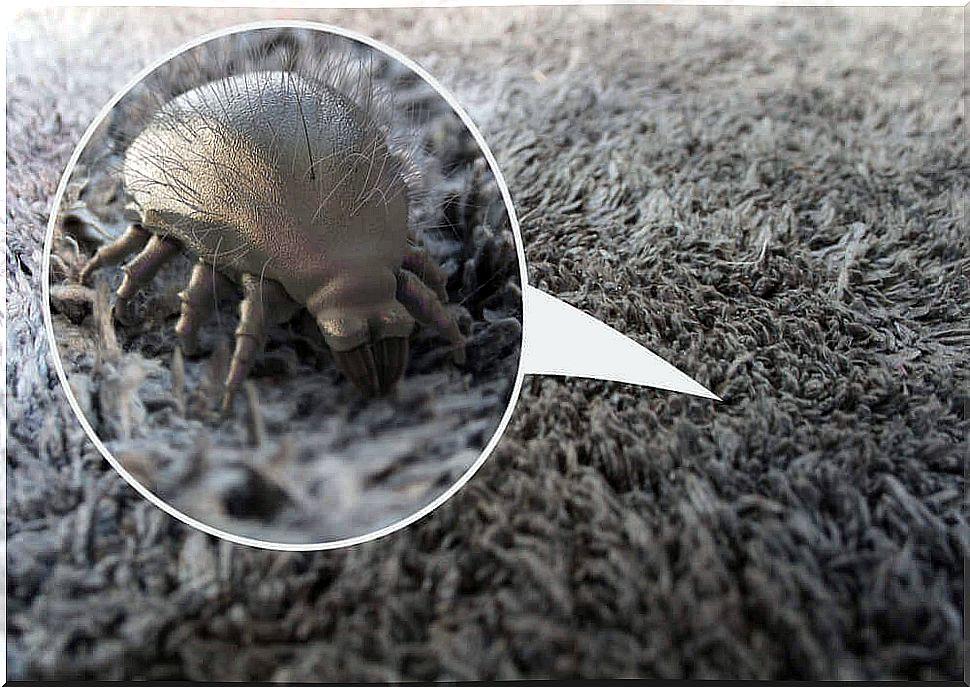
Keep reading: Allergy to mites
How often should the pillows be disinfected?
Bedding – like pillowcases and sheets – should be washed at least every two weeks. However, pillows may have less frequent washing or disinfection.
The recommendation is to do it at least 2 times a year, although it may be a little more. Those people who live in hot climates or who have excessive sweating or allergies, should ensure their cleaning every 2 or 3 months.
The best tricks to disinfect pillows
There are different types of pillows, according to their material of manufacture and shape. Therefore, before starting to disinfect it, it is best to read the washing label so as not to make mistakes that could damage it. Once done, you can apply the following.
Wash them in the washing machine
Most pillows are machine washable because they are usually filled with polyester. Still, it’s best to check the label and go for a quick wash cycle.
- For a complete disinfection, add a little white vinegar or baking soda. These ingredients clean and soften your fabric.
Use hydrogen peroxide for stubborn stains
Hydrogen peroxide is known for its disinfectant properties. In addition, there are those who point out that it helps to remove difficult stains, for example, blood.
- A small amount can be applied to the stain and rinsed off. It is not recommended if the pillows are of strong colors.
Vacuum or dry clean
There are pillows that cannot get wet. For example, those made of viscoelastic material, which are the type of memory pillow that adapts to the head. Often times, this variety has a label that indicates dry cleaning, so it is necessary to send them to the dry cleaner.
However, they can also be vacuumed. Of course, you should verify that your vacuum cleaner has water or HEPA filters to be effective against mites. In addition, with this type of pillows it is advisable to use waterproof covers.
Pay attention to feather pillows
Feather pillows require special care because they can lose their shape easily. Generally, they can be machine washed, although some specify a dry cleaning.
- In the case of machine washing, use cold water and the delicate cycle.
- They should then be turned and shaken constantly during the drying process to prevent the feathers from forming large clumps.
Use warm water and mild soap for a superficial cleaning
If you want to make sure you keep your pillow clean and bacteria-free, you can choose to do a superficial disinfection between full washes. To do this, you can use mild soap, warm water and a sponge.
- Just moisten the sponge and spread the soap.
- You can then wipe the soap with a towel moistened in the warm water.
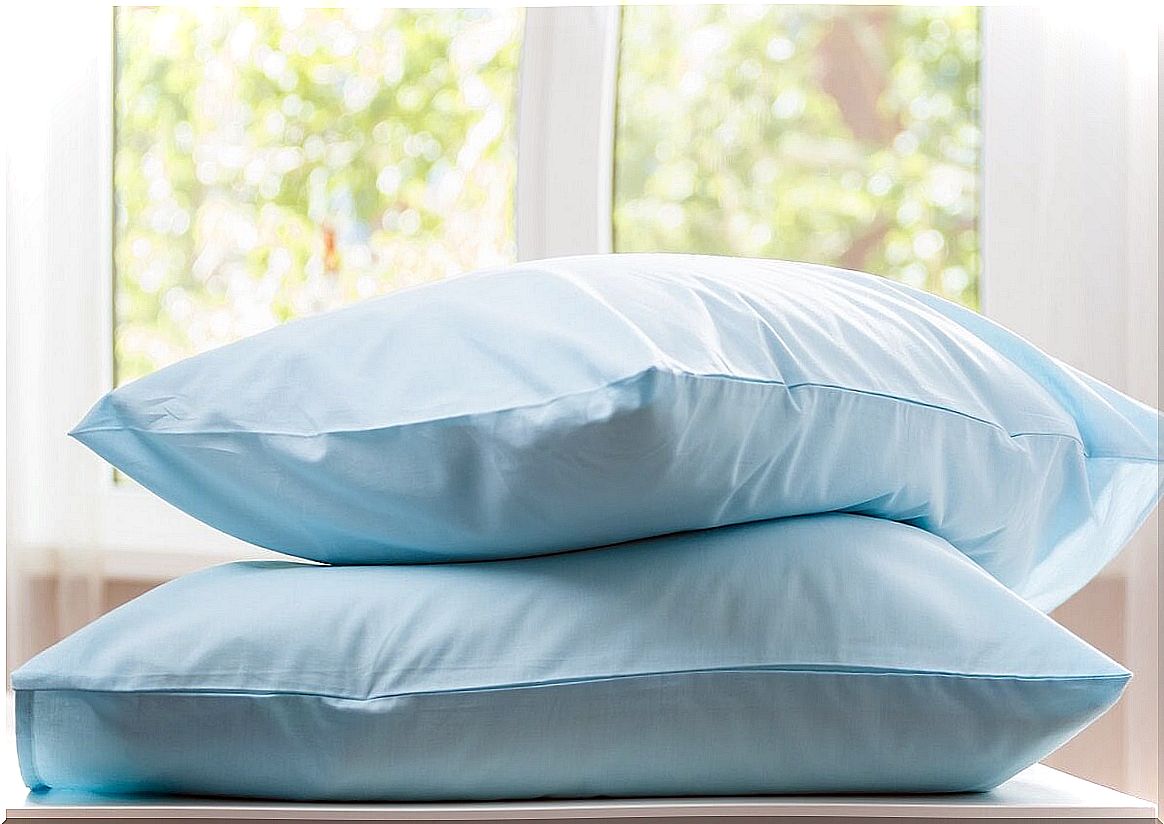
Pay attention to possible sources of contamination
As we have pointed out in the article, the correct disinfection of the pillows is essential to avoid the proliferation of mites and bacteria. However, it is also necessary to prevent the pillows from being exposed to sources of contamination.
It is recommended that pets do not sleep on the bed. Likewise, pillows should not be used as a cushion, as their use should be reserved for contact with the head at bedtime.
The Murcian Society of Allergology and Clinical Immunology recommends using anti-mite covers for the mattress and pillows, because with normal covers these allergens can penetrate the layers.

